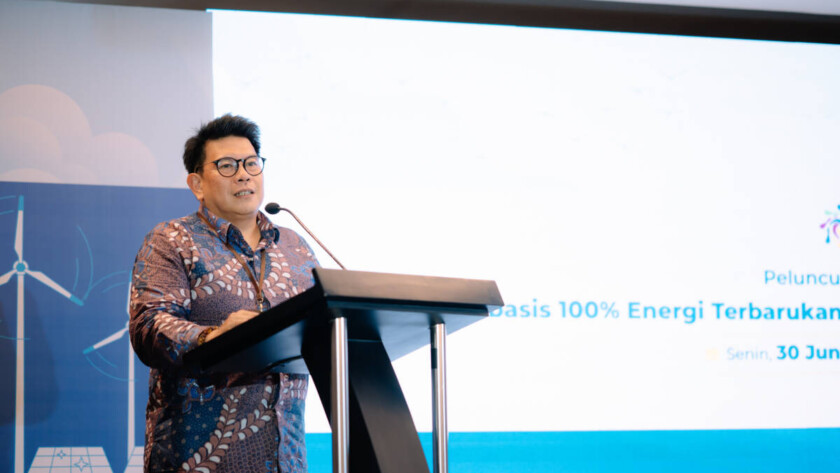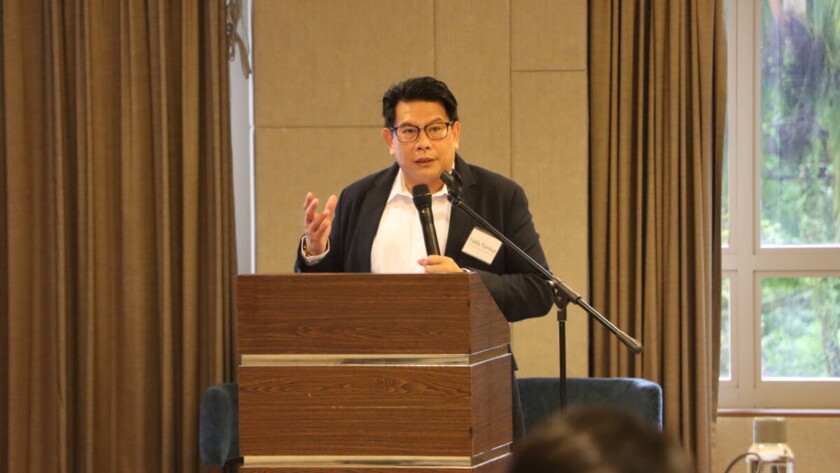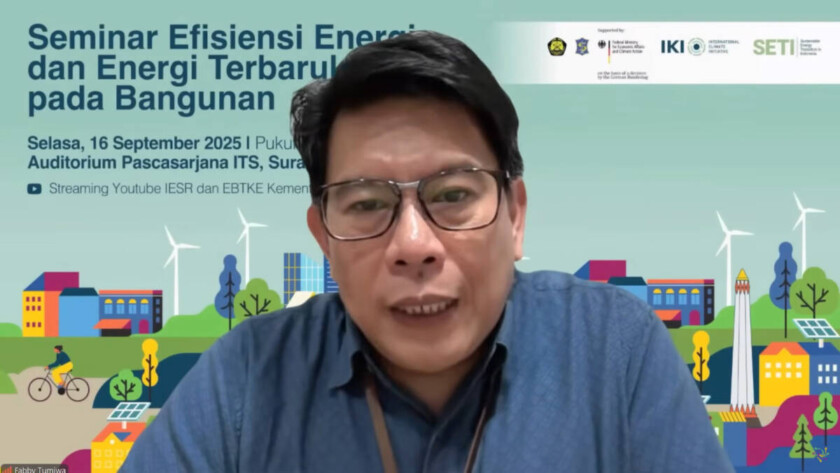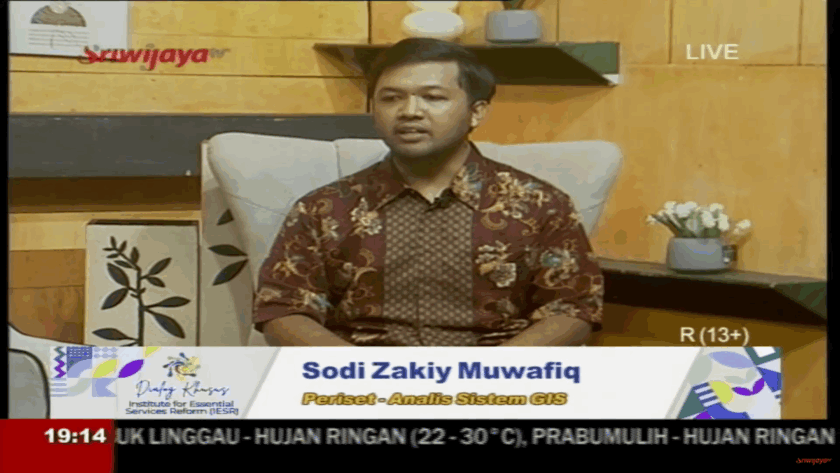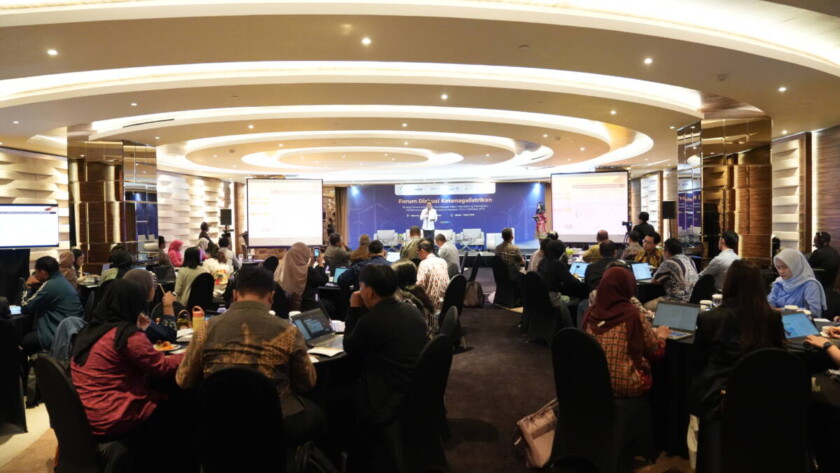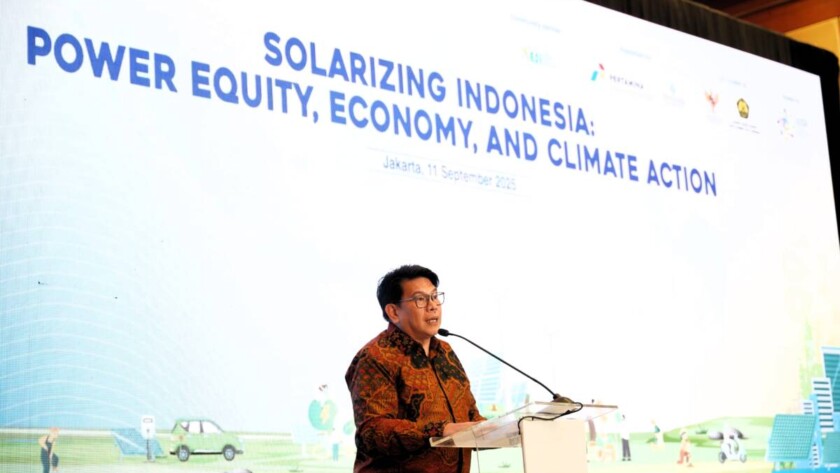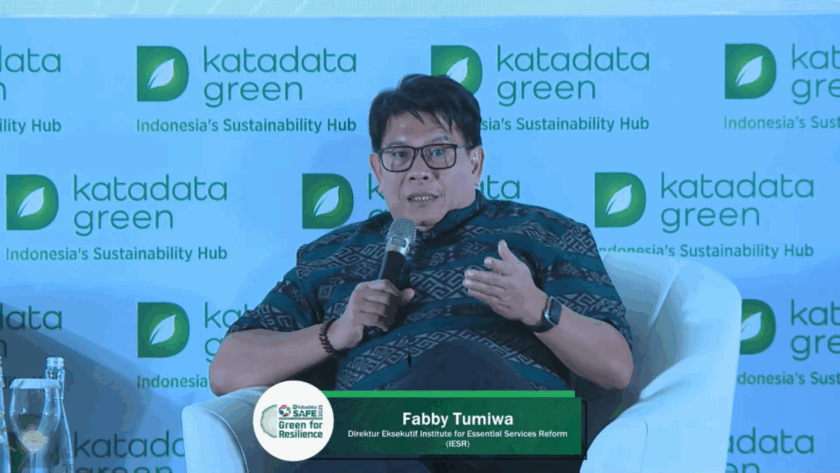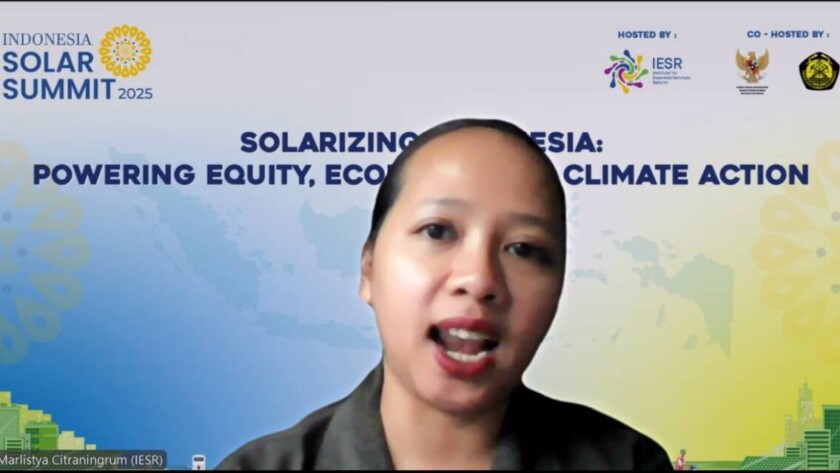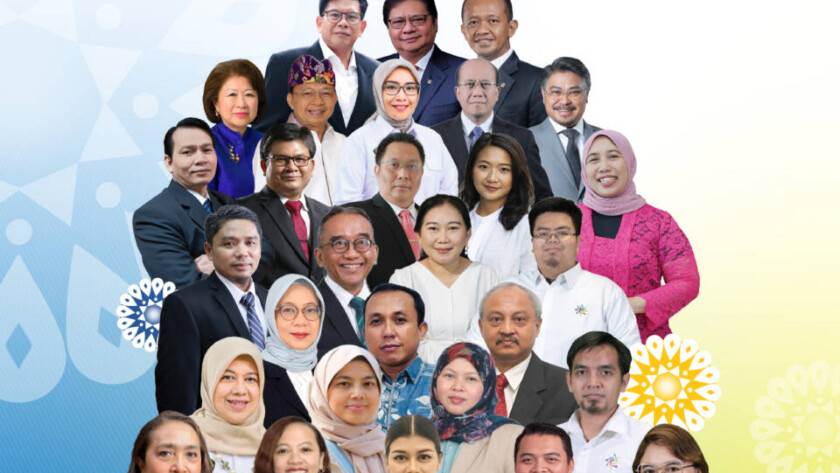Surakarta, 24 September 2025 – Jawa Tengah terus menunjukkan komitmennya dalam mendorong pemenuhan target Net Zero Emission (NZE) tahun 2060 atau lebih cepat melalui pengembangan transformasi industri hijau. Komitmen tersebut diwujudkan dengan penerbitan Surat Edaran Gubernur Jawa Tengah Nomor 500.9/0006073 Tahun 2025 tentang Akselerasi Transisi Energi Melalui Pemanfaatan Energi Terbarukan…


